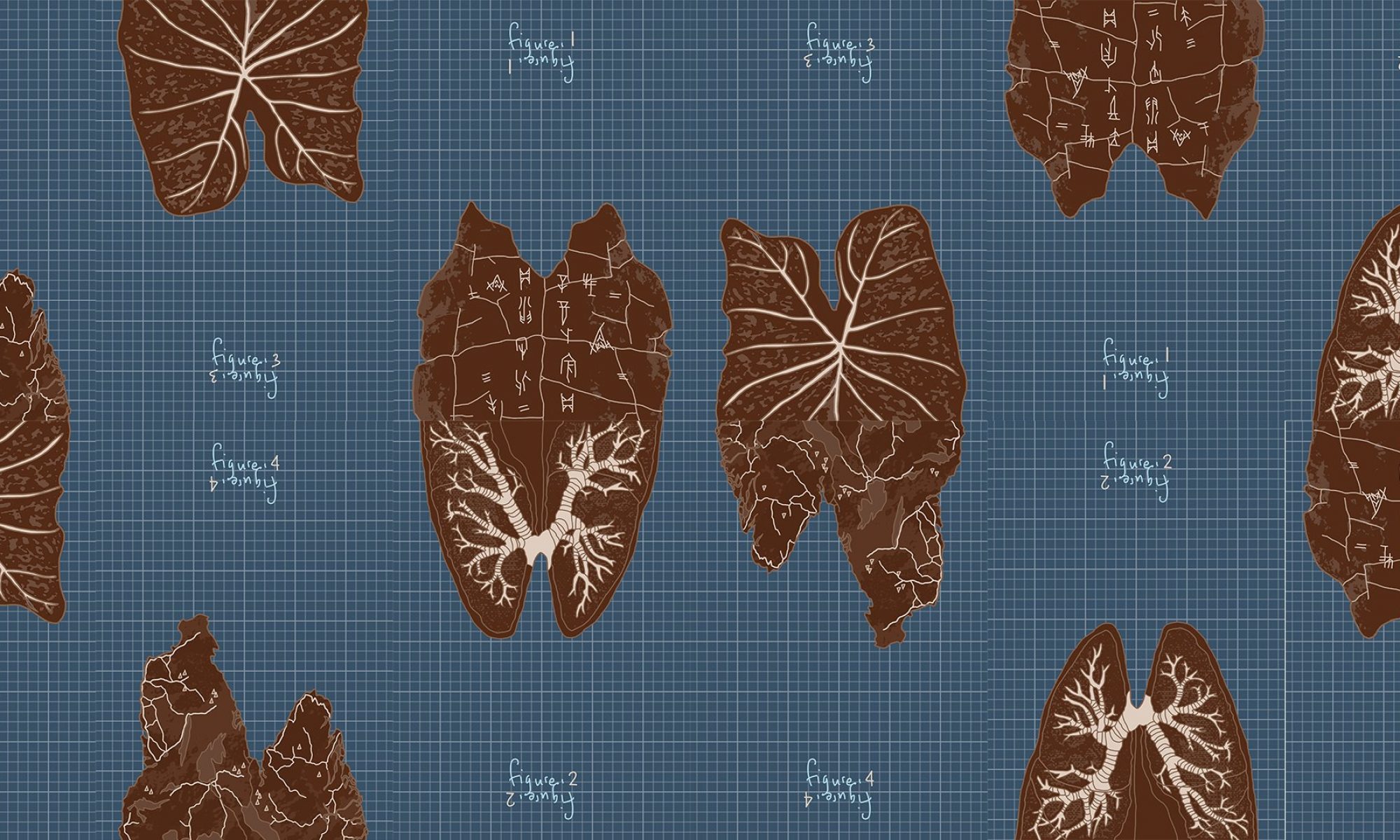What is it that is being communicated?
I think the installations/event had a heavier emphasis on the message of solidarity than celebration. I initially expected to be unimpressed, but the experience was surprisingly rather memorable as an edition of light display in Singapore that was particularly context-specific and responding to our present reality of living under a pandemic. It was unlike any of the other typical displays saturated with fancy sound and moving animations. It was still and powerful. To visit the installations with the expectation of it being sensational and exciting would be misguided. The atmosphere was instead a mixture of solemn, prideful and introspective reflection – and appropriately so.
This time, the grandeur and structural integrity of the monumental buildings were accentuated by the light displays rather than made secondary. In other instances, I have only ever paid so much attention to them as mere blank canvases for their animated skins, that can be rather random and remotely related to the show’s theme. Highlighting the structures of these monuments that define Singapore’s cityscape, by painting them in our bold national colours, is a simplistic but perhaps effective way of communicating our national identity and evoking solidarity. From my observation of the people around me who stopped to watch the still monuments, a simple display of light and colour can be a uniting force among family and friends and even between strangers. I personally felt an unspoken sense of connection with some of the families viewing the installations beside me.



Comparing the feelings evoked from Switzerland’s projection of Singapore’s flag on its mountain made me realise that these feelings of solidarity and reflection with the nation that I felt could not have been evoked from the mere display of national colours, or their plastering on any other structure. (This would however be interesting to explore) The mood and messages of the installation were brought out by the site specificity of the selected buildings, all of which shared a certain quality of firmness. Notably, the experience of these cultural institutions were not transformed by lights alone but by the pandemic’s effects too – the stillness of the night and less than normal crowd flow and traffic contributed to my experience.


What might the “curators” have to consider to plan such a transformation?

Curators would have to consider:
1. Designing each skin to complement the structural integrity and specificity of each building. Since every building is given the same treatment of red and white lights, curators would have to create designs that were unique to each building to allow some visual interest and differences amongst the different sites.


2. Selecting appropriate sites and using design interventions to connect them. It is noteworthy that the sites chosen for the light displays are in close proximity to each other and share similar architectural elements, on top of having cultural or monumental value. Projections were designed to facilitate way-finding between the sites, such as through visual rhythms of alternating red and white pillars on buildings themselves, or smaller lights illuminating smaller paths. Having a consistent style of the red and white skin also helped me spot the next site from afar and encourage searching of the landscape to continue my journey. Considering not only the site but the area around it is important, especially if the curator wishes to design a certain flow and continuity to the experience.


3. Designing interventions that would complement but also stand out from the surroundings. The buildings are situated in the heart of the city flooded with lights. If it were not for the distinct red and white lights, the buildings would have blended in and competed with the flood of lights surrounding it (blue, white, yellow, pink etc.) Way-finding would have been compromised too.

What alternate ways could YOU imagine transforming these sites to communicate something unique or unknown about Singapore culture?
(Putting aside the context of the pandemic) It would be interesting if the public could be invited to decide this themselves and project what they think to be unique or unique to Singapore culture onto these sites. Many projection mapping works already explore enabling greater participation of the average Joe on the street.
For an analogue intervention, one of the things unique to Singapore culture and arts and cultural institutions in particular that came to mind was our (relatively unpoliced) vandalism with visitor stickers (e.g. I AM MADE FOR SAM / NGS / NMS stickers). These stickers can be found plastered over structures like street lamps in the proximity of their galleries/museums. Combining this imagery with that of (illegal) bubble gum on our roads, I think it would be interesting to invite the public to “Kusama-fy” the floors/steps of these cultural institutions with their visitor stickers. (unlikely but just for fun)



Well done, Manwei.